Text
Angel Program Proposal
This macro-post addresses competency F14. Advocate for political, social or economic policies and programs that will improve health in diverse populations.
Angel Program Proposal
Emergency department visits for opioid overdoses rose 30% in all parts of the United States from July 2016 to September 2017, according to the Centers for Disease Control and Prevention. In the state of North Carolina unintentional opioid overdose deaths in 2017 was nearly 17 times higher than in 1999, The number of unintentional opioid overdose deaths has more than doubled in the past decade. (NC State Center for Health Statistics – Vital Statistics- Death certificates; Analysis by Injury Epidemiology and Surveillance Unit) In 2017, there were nearly 125 unintentional opioid-related overdose emergency department visits per week on average. (The North Carolina Disease Event Tracking and Epidemiologic Tool (NC DETECT); Analysis by Injury Epidemiology and Surveillance Unit)
In 2015, police in towns across eastern Massachusetts began to embrace a new way to respond to the public health opioid crisis with a rapidly escalating death toll. The spring of 2015 the police chief of the town Gloucester, Mass., announced that anyone who showed up at the police station and asked for help overcoming an opiate addiction would get it, without fear of arrest, no matter where they lived or whether they had insurance. Police, he said, would get them into treatment.
In the Gloucester program’s first year, 376 people took the chief up on his offer. The New England Journal of Medicine took notice: Almost 95 percent of addicts got a direct referral to treatment—compared to a 63 percent referral rate for a treatment-placement program at Boston Medical Center. “Factors that enabled referrals included the motivation of participants to enter treatment, as evidenced by their coming to the police station,” the researchers wrote, as well as “the fact that officers search for placements 24 hours a day.”
.
Program is voluntary, a no-arrest program that offers direct referral for drug detoxification or rehabilitation treatment. Police officers collect demographic information and call the treatment center to identify a facility for placement. The police department ensures that participants have access to immediate transportation to the treatment center, which is provided with an ambulance, if necessary. If the officer judges that the process will take more than a few hours, participants are assigned a volunteer Samaritan for emotional support. Another option allows individuals to seek assistance for drug addiction at any posts throughout the state. The officers/police may contact an Angel volunteer, who will meet and work with the individual to locate an appropriate treatment program or facility. The volunteer also agrees to provide transportation to the location in question. Reimbursements to volunteers are paid for from private donations to the program. The Michigan State Police have implemented and Angel Program in November of 2018 and has served 87 participants and had between 100 and 125 volunteers.
We propose that Harnett County Sheriff’s Department consider implementing some form of the Angel Project. In addition, to better assist with the implementation of the Angel Program we encourage the Harnett County Sheriff’s Department to network with the Police Assisted Addiction and Recovery Initiative (PAARI). This nonprofit organization’s mission is to support police departments with implementing programs that foster a dialogue around the unique opportunity for law enforcement to take direct action against the disease of drug addiction in their communities
0 notes
Text
This macro post addressed competency F3. Analyze quantitative and qualitative data using biostatistics, informatics, computer-based programming and software.
The initial task of our Overdose practicum dealt with the abstraction of data related to overdoses and overdose deaths in Harnett County from the years 2016-2019. The team was able to create a codebook to help with the retrieval of data. At first, we did not realize that we had constructed a codebook. However, as we got further along in our academic coursework it became apparent. (Thanks Dr. T and R). It took some time to abstract the data. It really made me appreciate the IBM-SPSS program a great deal. While gathering the data we were able to fine-tune our codebook. This allowed us to hone in on the most relevant data for our project.
The incident reports were broken down into the following stacks: overdose years 2016,2017,2018,2019 and overdoses that led to deaths that had an additional pile (deaths for 2016 were not included). The team divided the data and input the case variables into an Excel spreadsheet. It took us several weeks to retrieve this data and go over it a second time to make sure we had captured everything we needed.
Once we had all the data we went back over it to make sure there was no missing information. Somethings that were initially missed included: race, age, the substance used and cause of death. Some of this information was not in the incident reports and we had to ask the sheriff’s intel analyst for assistance. Finally, we were done with that piece and our dear Katlyn took the data and analyzed it along with Dr. Rich’s help using SPSS using frequency tables and Chi-square.
We decided to collect the following variables: sex, race, age and zip codes of where the overdoses occurred, the drug used in overdoses, and the drugs found in the system of a fatal overdose. The years used were 2016-2019 and the following results were obtained: males:152 vs females 117; White 221, Black 42, Unknown 5. The ages were grouped in the following: Ages 0-19 had 28, Ages 20-25 had 43, Ages 26-31 had 62, Ages 32-37 had 49, Ages 38-43 had 29, Ages 44-49 had 26, and Ages over 50 years old had 26. We also looked at the prevalent zip codes that had the most overdoses: 28390 had 49 overdoses, 27546 had 42 overdoses, 28326 had 41 overdoses, and 27332 had 34 overdoses. Finally, the top drugs that were being abused were Heroin-91 cases, Fentanyl-16 cases, Cocaine- 12 cases, Xanax and Alcohol had 7 cases apiece. The prescription drugs that were most commonly abused: Fentanyl-16 cases; Oxycodone-5 cases; Oxymorphone and Percocet had 4 cases apiece; Morphine -3 cases; Hydrocodone -2 cases.
We now have statistical data that could help the Sheriff’s Office identify prevalent things in the community. Our data showed in the county white males in the age group 26-31 overdosed on Heroin or Fentanyl more frequently. The zip code with the most overdoses was 28390. We hope that this data will be useful to the Sheriff’s Office to allocate the needed resources to address the opioid crisis.
I am looking forward to being able to use tools that will help me be more proficient in data collections and analysis. I believe that this was a great skill to acquire and will help me serve the community more effectively.
0 notes
Photo

Almost Done. Today we completed our interviews. It’s time to edit.
0 notes
Photo

Taking a little longer than expected to create a advocacy policy.
0 notes
Photo
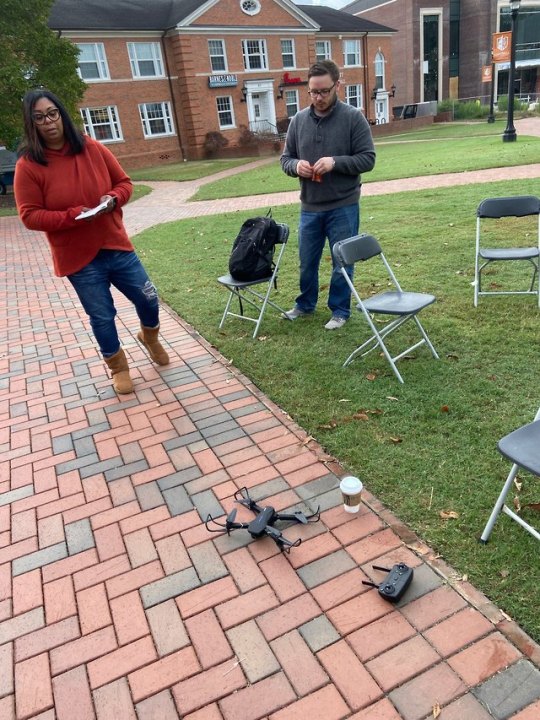
Team Overdose still working hard. Starting to shoot the video. A little confused but I have a great support system (c,d,k,a,j) 🙏.
1 note
·
View note
Photo

Team Overdose working on advocacy for Opioid Epidemic.
1 note
·
View note
Photo
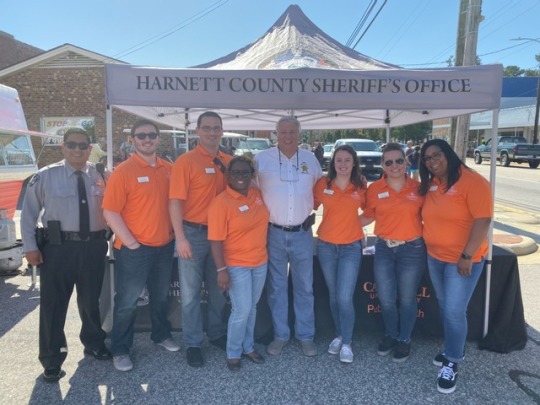
Farmer’s Day was great. We were able to inform the community about Opioids related to Harnett County. Great Teamwork. #Teamoverdose🎉
0 notes
Photo
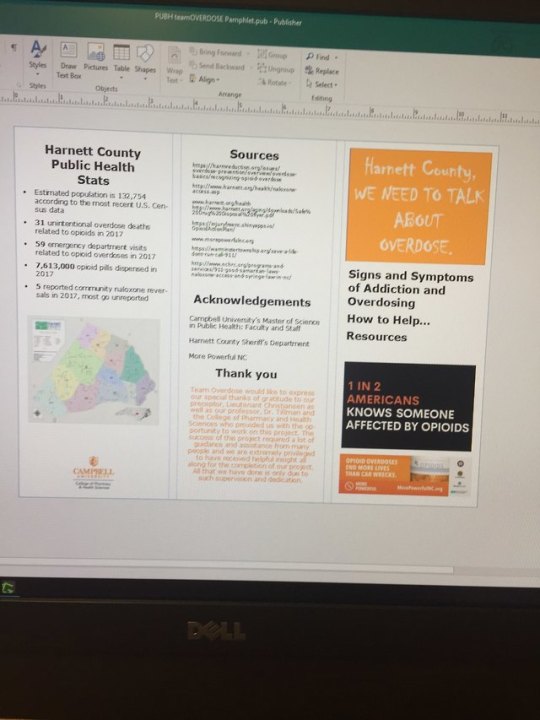
Team Overdose completed pamphlet. Sending it to print on Wednesday. 🌈
0 notes
Photo

#Team Overdose got our bracelets for Community Education.
0 notes
Text
Team Opioid
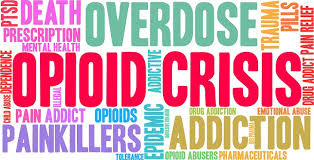
Over the last several weeks, Team Overdose has been working industriously with the Harnett’s County Sheriff’s Department collecting data pertaining to overdoses that occurred during the years 2016-2018.Early, in our data collections we observed that Harnett County was a large region with very little opioid treatment options. Furthermore, there was a higher incidence of overdoses in regions of Harnett County that did not have a local police department. In addition, we encountered several cases were people refused treatment after an overdose.
During conversations with the Lieutenant, he explained that Harnett County responded to drug overdoses in areas that had no local police department. This region of the county the Lieutenant referred to as an “hot spot”. This hot spot region required the utilization of two deputies to respond to calls versus other zones(regions) only required one parole deputy.
The rise in overdoses has caused some law enforcement agencies to equip their officers with Naloxone to assist with overdoses in the communities. Also, Harnett County Sheriff’s Department is one of the few police agencies that have received funding and training to administer Naloxone. The North Carolina Harm Reduction Coalition is currently tracking police Naloxone programs across the country and will hopefully be able to provide useful data that can increase the funding for more police agencies to receive funding for Naloxone programs in the future. Naloxone is quite expensive, and some agencies do not have the funding to implement Naloxone as standard practice. Although, Naloxone is expensive it is not as expensive as an average stay an overdose patient could cost the taxpayers after being treated in the hospital.
Evidence based practice of opioid addictions indicates that the most successful treatment for opioid dependence is the use of an opioid antagonist, with a combination of individual, family and group therapy. This treatment model has proven to reduce morbidity, mortality, and reduce the spread of infectious diseases. Unfortunately, Harnett County Residents have limited access to treatment for opioid addictions. Harnett County has approximately eleven substance abuse treatment facilities. Yet, there is only one opioid treatment facility in the county. Since Harnett County has fewer facilities, this limits the services one can receive for opioid addiction. Still, the shortage of treatment options place barriers on patients who must travel farther to accesses opioid treatment and, in some cases, must either have reliable transportation or rely on friends/ family for transportation.
Treatment cost is another barrier that county resident’s face. The opioid treatment facility charges eighty dollars weekly for methadone or one hundred and twenty dollars for Suboxone regardless of the dosage. Many rural facilities are supplemented by government funding to care for patients and support advanced programs. These limitations can contribute to decreased availability of evidence-based care, fewer individualized treatment plans, no or limited access to specialist for more complexed addiction cases, and long waitlists.
Another issue surrounding the lack of opioid treatment is the insufficient number of qualified providers willing and able to treat opioid addiction. Some of the research suggest that providers are concerned about the inadequate public funding, the reimbursement rates, red tape with zoning regulations, other requirements for comprehensive care which increases their cost and decrease profits. In addition, in rural hospitals are not able to allocate beds for detox/substance abuse due to lack of funding and minimizing people with addiction as being of low or no priority.
Some strategies to address the lack of access in rural communities must reach and treat patients with an opioid addiction. Also, policy makers can assist with this effort by making sure effective opioid therapy is available in the future communities. Implementing evidence-based practices and analyzing its effectiveness will give opioid addicts treatment options. Expand psychiatric telemedicine programs to get quicker diagnoses, especially in small or rural hospitals that don't have access. These efforts will be able to close the gaps in rural America and help to saves lives daily. We can also increase access to opioid care, by changing the laws and regulations that prohibit advance providers from having prescribing privileges.
The post focused on the R3 competency: Identify and distinguish the access to care barriers and healthcare utilization challenges that affect health of rural communities. The disparities that people in rural community’s face with opioid addictions stems from the national trend that began in the 90’s to treat pain. Big Pharm convinced the medical community that patients would not become addicted to prescription opioids. Providers started to prescribe pain medications without any regard. The medical community quickly learned that Big Pharm had lied and these drugs were highly addictive. These drugs were being misused, abused and diverted. The behaviors of abuse, misuse and diversion have caused an overburden seen in our hospital ERs, jails and prisons. We can start by improving access to treatment and recovery service, providing early prevention, promoting use of overdose-reversing drugs and using alternative medications to treat pain.
1 note
·
View note
Photo

Team Overdose completed data abstraction this week. Now it is time to analyze!!! Go Team!!!!
1 note
·
View note
Photo

We continue to research Opioid Addiction Resources in Harnett County. Limited and expensive!!!
2 notes
·
View notes
Photo
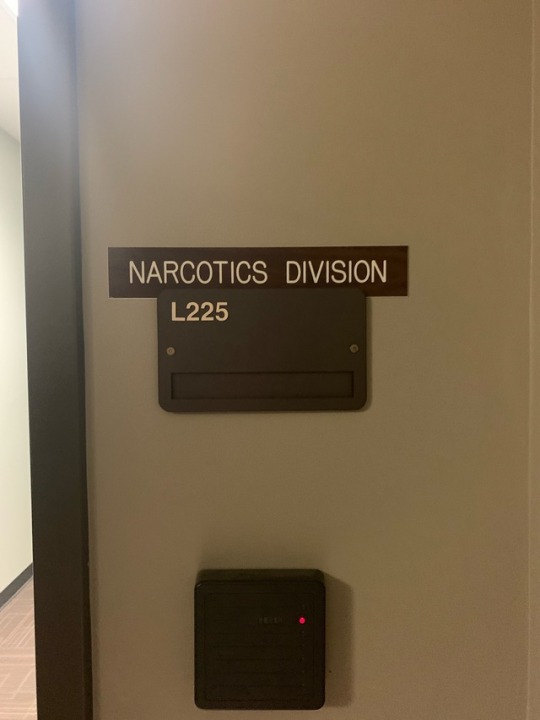
2nd week Team Overdose. We are continuing to abstract data from files.
1 note
·
View note

